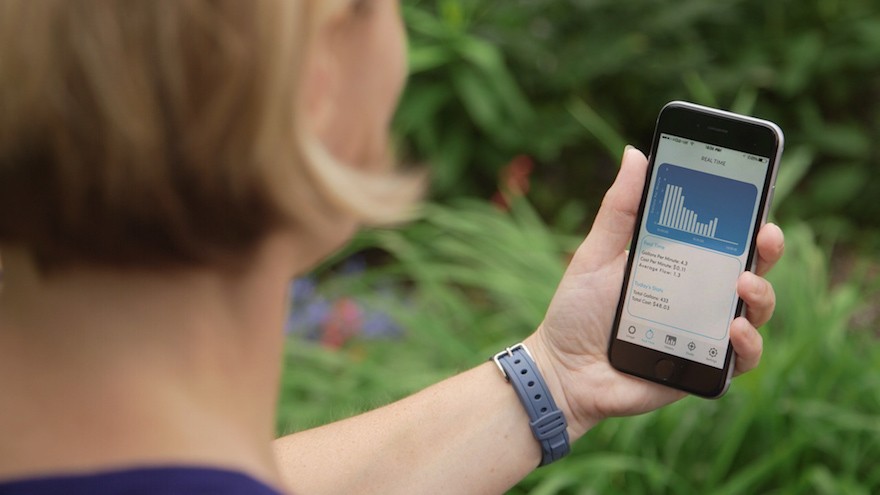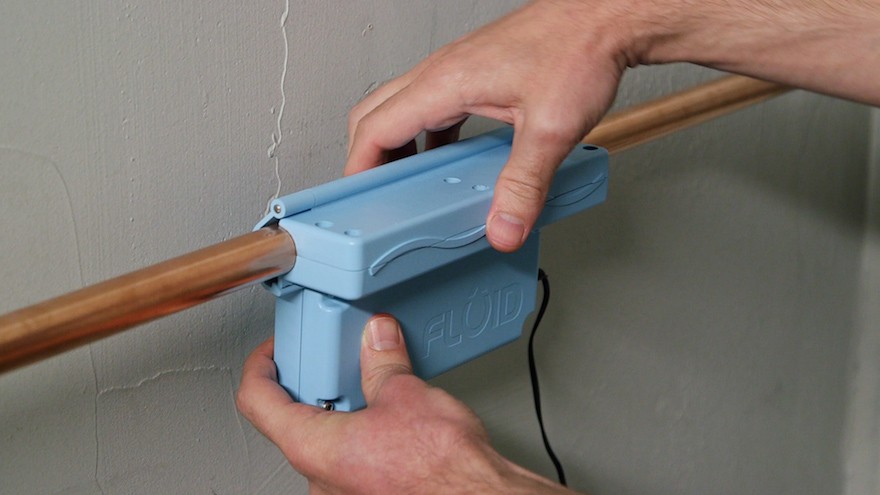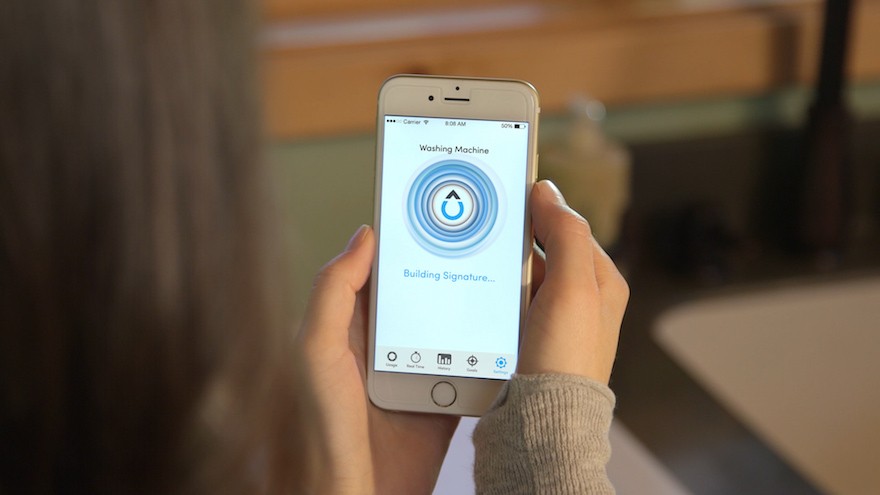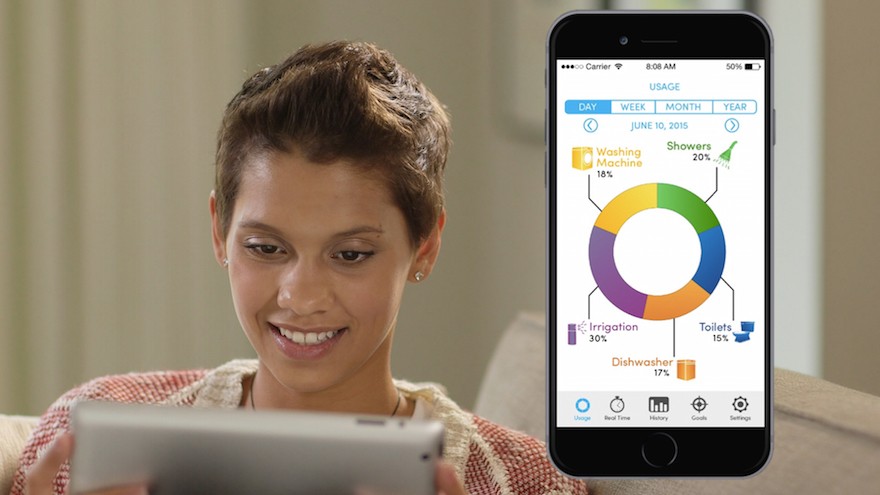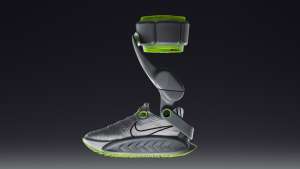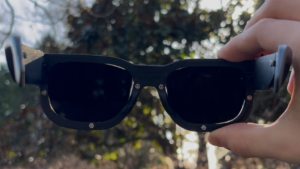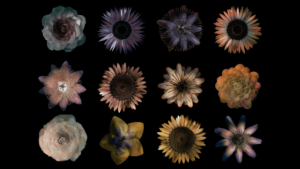The Fluid water meter has been designed like a smart wearable for your water pipes. It monitors domestic usage and informs user how much water each of their household appliances uses: how much a toilet flush or a dishwasher uses, or how much water a 15-minute shower requires.
Fluid could provide essential information to developed homes in drought-stricken areas such as California, United States. Other innovative ways to help citizens save water include the Nebia shower, which uses 70 per cent less water than an average shower head, or perhaps the Spiky shower curtain, which turns into a monster when the user stays in the shower too long. However, the designers of Fluid intend the device to be useful to any homeowner, as better water awareness can help save money on bills, and even where there isn’t a drought we should be conscious of how much of this precious resource we use everyday.
The Fluid meter clips simply onto a mains water pipe and is powered by mains electricity. It then connects to the Wi-Fi network in the home to send real-time information to the user via a smartphone app. The meter can assign a “signature” to each appliance in the house by assessing and memorising the different water running rates that are associated with each.
The app can also be used to set water consumption goals to help households cut down their water usage and will notify the owner if the pipes have a leak, if the toilet is running, or if a tap or hose has been left on by mistake.
Fluid is a Minneapolis-based start-up company; the team is currently raising money on Kickstarter and has already surpassed the funding goal, with just under a week left for people to pledge support. The team aim to be distributing the water meters in May 2016. Reviews of the device on sites such as TechCruch have pointed out some of its limitations: when two or more appliances are running at the same time Fluid struggles to pick up the signatures, and therefore cannot provide accurate information on water usage. It does, however, open up the possibility of better awareness of water consumption in the home, and that can't be a bad thing.

